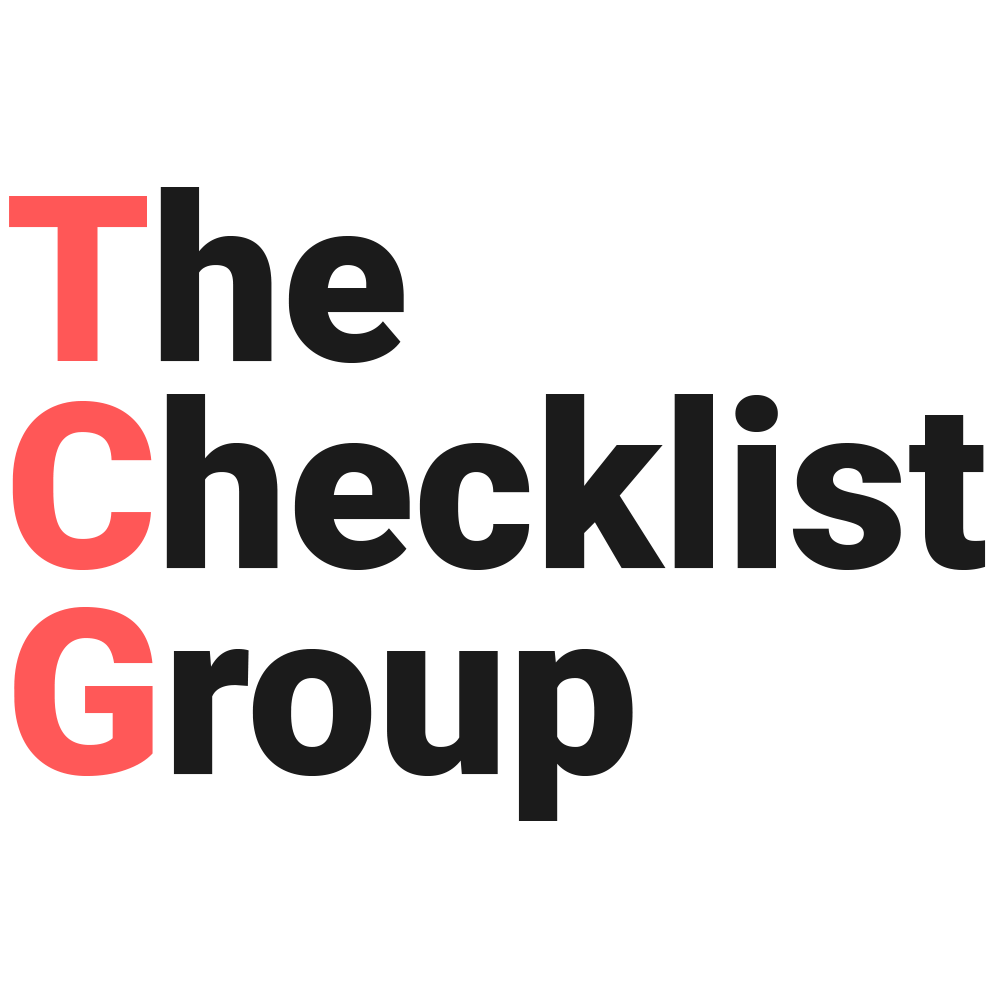Email marketing is an effective way for fitness studios to communicate with their clients and promote their services. With email marketing, you can reach your target audience directly, build brand awareness, and drive more leads to your fitness studio. In this blog, we’ll guide you through the steps of creating an email marketing campaign for your fitness studio.
Define Your Goals
The first step in creating an email marketing campaign is to define your goals. What do you want to achieve with your email campaign? Do you want to promote a new service or class? Do you want to drive more traffic to your website or social media pages? Or do you want to increase your client retention rates? Once you define your goals, you can create a more targeted and effective email campaign.
Build Your Email List
Your email list is the foundation of your email marketing campaign. You need to build a list of subscribers who have opted in to receive your emails. There are several ways to do this, such as offering a free trial, creating a lead magnet, or adding a sign-up form on your website or social media pages.
Choose an Email Service Provider
To send your email campaigns, you need an email service provider (ESP). There are several ESPs available, such as Mailchimp, Constant Contact, and Campaign Monitor. Choose an ESP that suits your needs and budget and provides the features you need to create effective campaigns.
Email marketing can be an effective way to promote your business, but it’s important to make sure that your emails are not considered spam. Here are some tips to avoid your email being marked as spam:
Get permission: Always ensure that you have permission from your recipients to send them emails. This can be through a sign-up form on your website or by asking for permission in person.
Use a reputable email service: Use a reputable email service provider to send your emails. They will have built-in tools to help you avoid being flagged as spam.
Don’t use deceptive subject lines: Make sure your subject line accurately reflects the content of your email. Don’t use deceptive subject lines to trick people into opening your email.
Keep your email list clean: Regularly remove inactive or unengaged subscribers from your email list. This will help improve your email engagement rates and reduce the likelihood of being flagged as spam.
Avoid using too many images: While images can enhance the visual appeal of your emails, too many images can trigger spam filters. Aim for a good balance between text and images.
Personalize your emails: Use personalization tags to address your subscribers by name and tailor your emails to their interests. This will improve engagement and reduce the likelihood of being marked as spam.
Provide an easy way to unsubscribe: Make sure that your emails include an easy way for subscribers to unsubscribe. This will help ensure that your emails are only sent to those who are interested in receiving them.
By following these tips, you can help ensure that your email marketing campaigns are effective and avoid being marked as spam.
Create Engaging Content
The content of your emails is crucial to the success of your email campaign. Your emails should be engaging, informative, and visually appealing. You can use a variety of content formats, such as images, videos, and GIFs, to make your emails more engaging.
The purpose of an email campaign is to build a relationship with your audience, provide them with valuable information, and keep your brand top of mind.
Nurturing emails are typically designed to educate, inform, and engage your audience. These emails are not focused on selling, but rather on building a relationship and establishing trust. Nurturing emails can include a variety of content, such as blog posts, educational resources, industry news, and helpful tips.
As your email campaign progresses, you may want to include a call to action (CTA) in your emails. A CTA is a statement or button that encourages your audience to take a specific action, such as making a purchase, scheduling a consultation, or signing up for a newsletter. The purpose of a CTA is to move your audience closer to a conversion.
When adding a CTA to your email, it’s important to make it clear and compelling. Your audience should understand exactly what action they need to take and why it’s beneficial for them to do so. Additionally, your CTA should be prominently placed in your email and visually stand out to encourage clicks.
Use Personalization and Segmentation
Personalization and segmentation can improve the effectiveness of your email campaigns. Personalization involves addressing your subscribers by their name and using personalized content. Segmentation involves dividing your email list into smaller groups based on specific criteria, such as location, interests, or behavior. This allows you to send targeted messages to specific groups of subscribers.
Set Up Automated Emails
Automated emails can save you time and improve the effectiveness of your email campaigns. You can set up automated emails for different purposes, such as welcome emails, birthday emails, or abandoned cart emails. Automated emails can help you build relationships with your subscribers and keep them engaged with your fitness studio.
Analyze Your Results
Finally, analyze the results of your email campaigns to see what’s working and what’s not. Most ESPs provide analytics tools that allow you to track the performance of your campaigns, such as open rates, click-through rates, and conversion rates. Use this data to optimize your future email campaigns and improve your results.
In conclusion, email marketing is a powerful tool for fitness studios to promote their services and engage with their clients. By following these steps, you can create effective email campaigns that drive more leads to your fitness studio and improve your client retention rates.

